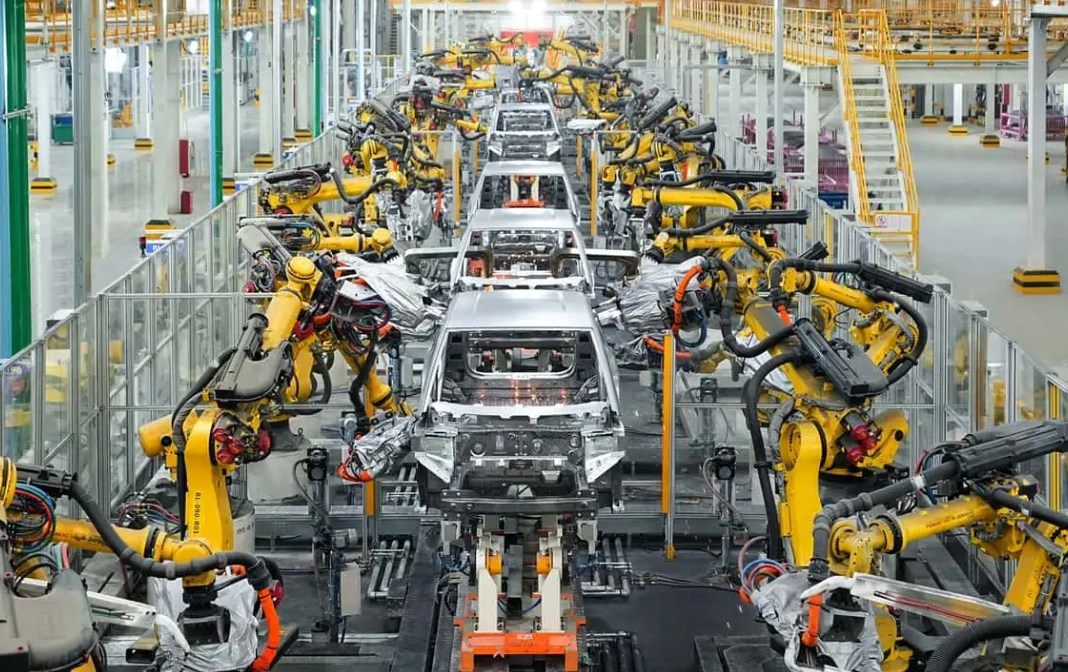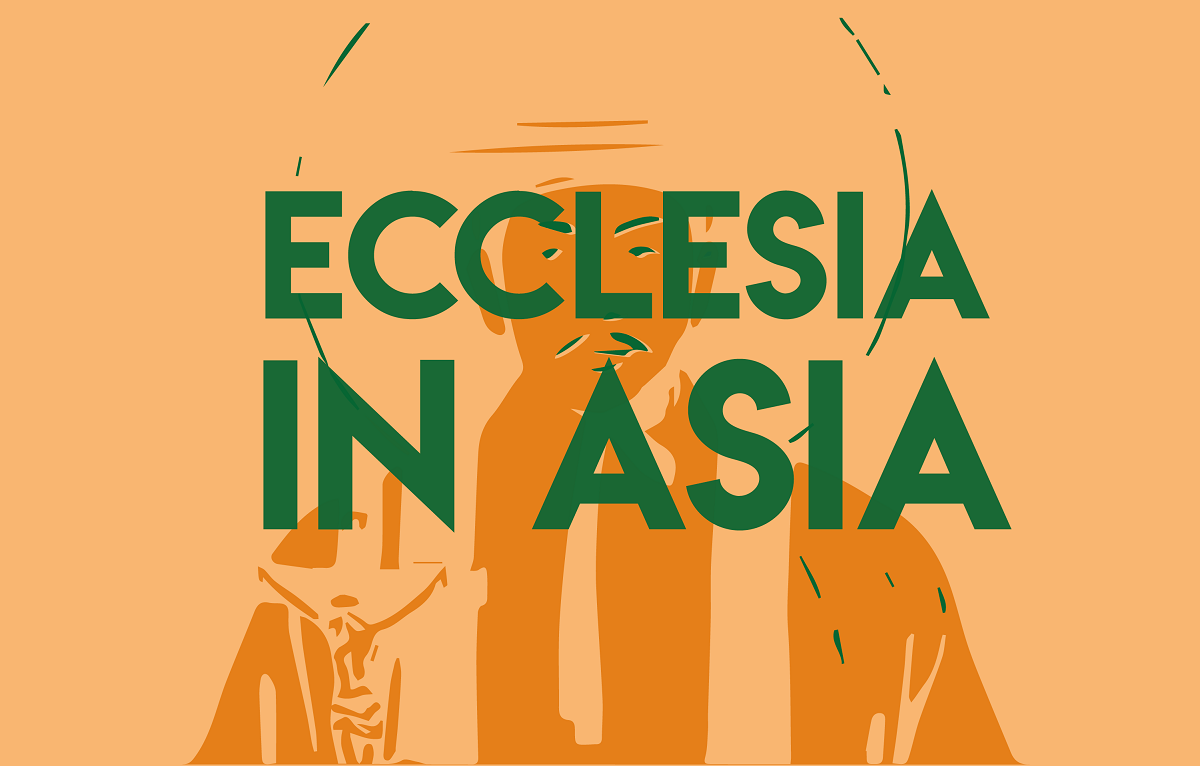Is the race for technological supremacy really a plus for Beijing?
For decades, China has poured resources into the real estate sector, generating a colossal bubble. Now it is investing in high-tech, generating excess production capacity that does not really boost the economy. Millions of rural workers displaced by construction are unable to find work in innovative sectors that create little employment. The alternative would be to invest in the 900 million Chinese who live on ten dollars a day.
Milan (AsiaNews) – One of the world's most advanced factories for the production of electric vehicle batteries is located in Changzhou, Jiangsu province. The SVOLT plant is a marvel of efficiency, 95 per cent automation with robots and machinery working with extreme precision.
Yet, just cross the street from it, a large residential complex with over a dozen apartment buildings lies completely empty. A little further on, a shopping mall houses elegant-looking shops, but with very few customers.
These images highlight the paradox of contemporary China, a country that dominates advanced technological sectors while its economy stagnates and a large portion of the population remains excluded from the benefits of progress.
Newspapers around the world regularly extol China's technological successes, from electric vehicles with increasingly powerful batteries to artificial intelligence models challenging US giants.
In just over a decade, the country has jumped from 43rd to 10th place in the Global Innovation Index, while investment in research and development has increased by 475 per cent. The net result is that China now holds the world record for the number of international patents filed.
Even in the final communiqué of the eagerly awaited Fourth Plenum of the Communist Party of China Central Committee, top priority in the new five-year plan was given to developing the high-tech industry.
But behind this facade of success lies a deeply problematic economic reality.
After three decades of rapid growth, China has experienced 15 consecutive years of slowdown accompanied by a steadily rising debt. Total factor productivity is declining precisely at a time when technology investment has reached record levels.
The regime's obsession with technological supremacy has created a system that generates innovation but wastes enormous amounts of resources, privileging capital over people and producing overcapacity instead of widespread prosperity.
The Chinese development model is based on a simple principle: the state identifies strategic sectors and inundates them with subsidies. Between 2009 and 2022, Beijing implemented over 7,500 financial support policies, at a total cost of approximately 4.4 per cent of gross domestic product.
This approach has created national champions in sectors such as electric vehicles. BYD, for example, controls nearly 28 per cent of the Chinese market and over 22 per cent of the global market, more than double that of Tesla.
However, the mechanism generates distorting effects by distributing financing according to political rather than economic rationales, while the ineffectiveness of bankruptcy legislation and constant access to credit prolong inefficient companies that the market would otherwise have eliminated. The result is systemic overcapacity in nearly every priority sector.
China has over a hundred electric vehicle manufacturers, many of whom are accumulating growing losses in a market where supply far exceeds demand.
The debt levels required to manage enormous inventories are thus becoming unsustainable, turning ports into parking lots for unsold cars and leaving artificial intelligence chips unused in newly built data centres.
The financial crisis is now evident, and over a quarter of listed manufacturing companies report operating profits lower than interest payments, compared to 10 per cent just seven years ago.
In the most technologically complex sectors, such as commercial aviation and advanced semiconductors, the country remains heavily dependent on the West.
The greatest waste concerns people, as approximately 900 million Chinese live on ten dollars a day, despite the country devoting enormous resources to empty factories and failed projects.
These people have poor education and health, not to mention limited access to job security, welfare, and savings.
The problem of human capital represents perhaps the most insurmountable obstacle to China's ambitions.
About 60 per cent of the workforce has never attended high school, a consequence of the relatively late expansion of secondary education.
It will take decades before the country reaches the levels of education that South Korea and Ireland enjoyed when they were middle-income economies.
No country in the world has ever transitioned from middle income to high-income status with such low levels of human capital.
Chinese universities produce more science-related doctorates than the United States, but this educated elite coexists with hundreds of millions of workers who lack the basic skills required by a modern economy.
This educational deficit clashes markedly with the ongoing transformations of the Chinese economy.
The transition from real-estate-driven to technology-driven growth is creating a far-reaching employment crisis. The technology sector, advanced as it is, creates relatively few jobs because it is capital-intensive.
Automated factories like SVOLT's, for example, employ a few hundred people.
Meanwhile, the collapse of the real estate sector, which once accounted for about 30 per cent of the economy, has left a vacuum that is impossible to fill. Today, the country has over 60 million vacant residential units, with prices continuing to decline.
Millions of rural workers displaced by the construction industry are unable to find jobs in the technology sector and end up as drivers or couriers in precarious, poorly paid jobs.
This trend has caused the share of the workforce in the informal economy to rise from 40 per cent to 60 per cent in the last 15 years.
Signs of the distrust gripping Chinese society as a whole are visible everywhere.
In Shenzhen, the iconic city of China's manufacturing boom, shopping malls are half-empty and restaurants are experiencing a decline in customer numbers, while local company executives are holding back investment because they do not expect a recovery in domestic demand.
This unbalanced economic configuration stems from deliberate policy choices, not mistakes or inefficiencies. The Chinese system channels trillions of dollars into priority industrial projects while families struggle with low wages and an underdeveloped welfare system.
Geopolitical tensions with the United States and its allies have convinced Chinese leaders of the absolute necessity of technological self-sufficiency, compounded by the resistance of state-owned enterprises and local governments to any reforms that prioritise the well-being of the population. The result is a shift from one type of inefficient overinvestment to another.
For decades, China poured resources into the real estate sector, generating a colossal bubble; now it is pouring them into the technology sector, generating excess production capacity and a growing number of artificially propped-up zombie companies.
The irony of the current situation is that just as the Chinese model is showing its deep wrinkles, some Western governments are looking to it as a possible standard for their own industrial policies.
The Chinese experience shows that massive subsidies can generate impressive progress in specific sectors. These are undeniable successes, but the lesson being ignored is that they do not automatically translate into widespread economic growth or improvements in aggregate productivity.
One can build technological giants, but one cannot generate productivity without investing in people’s education, skills, and ability to consume.
The initial image of the SVOLT factory, with its highly automated plants standing almost idle, emblematically represents the systemic waste plaguing the Chinese economy today.
Such huge investments create little employment while generating an unstoppable rise in debt, this in a country where tens of millions of people are looking for a job.
China's technological dragon can continue to innovate and amaze the world with its progress, but it will remain sluggish as long as it drags along a heavy tail of hundreds of millions of people left behind by the regime's deliberate choices.







.png)










